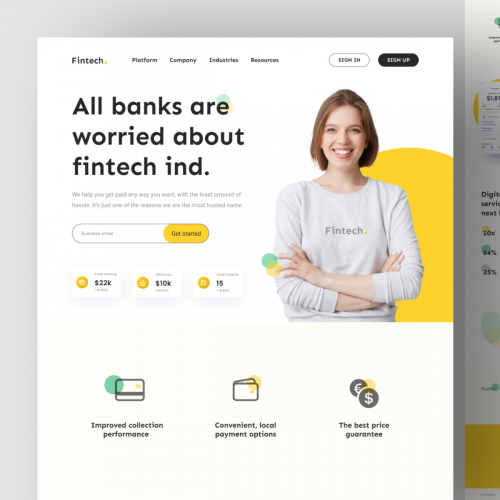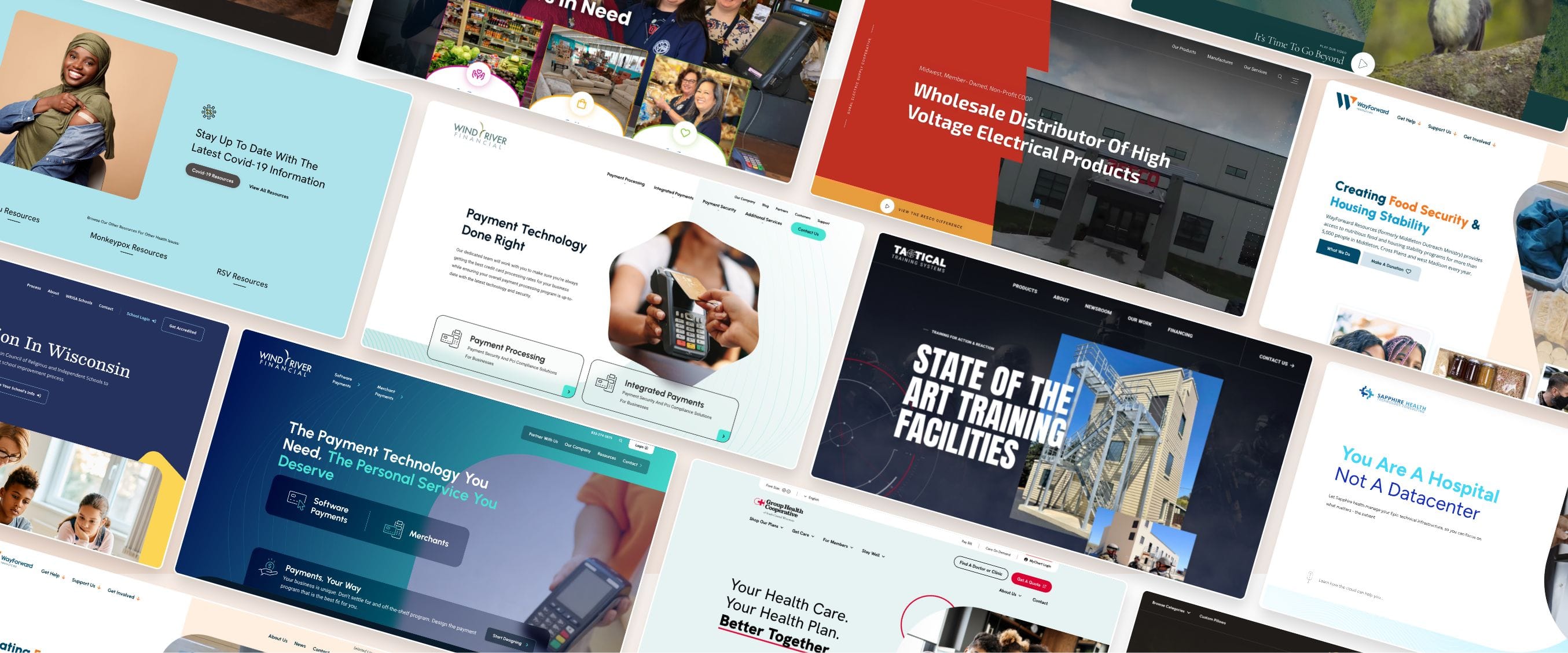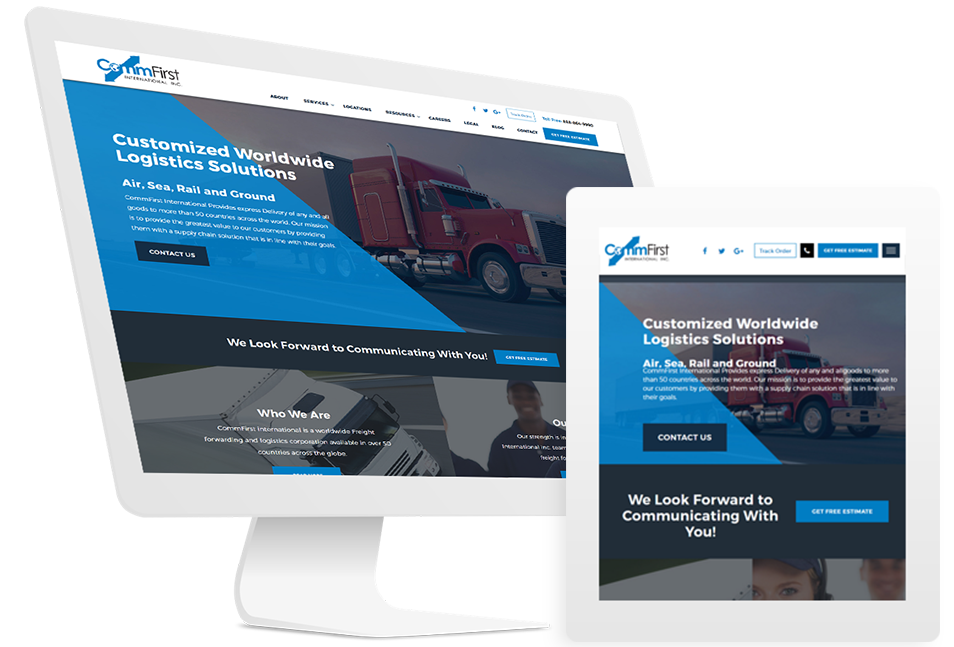Leading Tips for Creating an Impactful Site Style That Transforms
To attain this, one must think about a variety of variables, consisting of recognizing the target audience, focusing on user experience, and maximizing for mobile platforms. The calculated usage of engaging call-to-actions and a well-defined aesthetic power structure plays a vital duty in guiding customers with their trip.

Understand Your Target Market
Understanding your target audience is essential to effective website style, as it prepares for developing an interesting customer experience. Identifying that your customers are, including their demographics, choices, and habits, makes it possible for developers to customize the site's content, format, and performance to satisfy details demands.
Carrying out detailed marketing research is vital in this process. Studies, interviews, and analytics can offer beneficial understandings into user assumptions and discomfort factors. By assembling this information, developers can create customer identities that stand for various sections of the audience, guaranteeing that style choices are educated and appropriate.
Additionally, recognizing the target market aids in picking proper layout components such as color pattern, typography, and imagery that reverberate with individuals. A website that speaks straight to its audience promotes a feeling of connection and depend on, motivating longer sees and higher conversion rates.
Ultimately, a user-centered strategy to website style not only enhances user contentment however likewise sustains business objectives by driving interaction and commitment. By focusing on the demands and choices of the target market, a website can efficiently serve its function and accomplish preferred end results.
Prioritize Customer Experience
To boost the total performance of a website, prioritizing user experience (UX) is important (Website Design). A well-designed UX makes sure that site visitors can browse the website effortlessly, locate info quickly, and involve with material meaningfully. This leads to boosted user satisfaction and greater conversion prices
Begin by applying instinctive navigating. Menus must be rationally structured, enabling individuals to locate key areas of the website with very little effort. Consistency in design aspects, such as color pattern and fonts, cultivates knowledge, which is vital for preserving user engagement.
In addition, take into consideration the packing speed of your website. A hold-up of just a few secs can cause significant drop-offs, as users are much less likely to await a slow-loading web page. Improving images and maximizing code can improve performance and preserve visitors.
By prioritizing user experience, you not just create a much more enjoyable setting for site visitors however likewise reinforce your brand name's credibility. Inevitably, a focus on UX is a financial investment in the long-lasting success of your site.
Optimize for Mobile Instruments
Maximizing for mobile phones is essential in today's digital landscape, where a raising variety of customers accessibility web sites with smart devices and tablet computers. A mobile-friendly design not only boosts customer experience however likewise plays a significant role in enhancing search engine positions. To attain this, it is necessary to embrace a receptive style web link that automatically gets used to various screen dimensions and orientations.

Filling rate is an additional important factor; mobile users are commonly much less client and expect rapid access to information. Maximize images and leverage internet browser caching to enhance performance. Ultimately, examination your site on several devices and display resolutions to identify and rectify any kind of prospective usability concerns. By focusing on mobile optimization, you make sure that your website remains affordable and efficiently involves a wider audience.
Use Compelling Call-to-Actions
An internet site's performance commonly rests on its capability to guide site visitors toward wanted actions, making engaging call-to-actions (CTAs) vital elements of layout. CTAs function as the critical factors that guide users to engage with the website, whether that implies buying, registering for a newsletter, or downloading a source.
To produce efficient CTAs, clarity is paramount. Usage concise language that clearly interacts the activity you want the customer to take. Expressions such as "Begin," "Sign Up Free," or "Store Now" not just share urgency but likewise get rid of obscurity. The placement of CTAs is equally essential; they ought to more information be tactically placed throughout the page to ensure they are quickly visible, especially in high-traffic areas.
Additionally, take into consideration making use of directional cues, such as arrowheads or photos, to assist individuals towards these buttons. By focusing on these components, businesses can dramatically boost individual engagement, driving conversions and inevitably attaining their internet site's objectives.
Emphasis on Visual Hierarchy
Effective website layout relies heavily on a well-structured aesthetic pecking order that guides users through web content seamlessly. By arranging elements in a way that visit site focuses on details, developers can improve customer experience and help with decision-making. This entails using size, color, contrast, and spacing tactically to accentuate the most important components of a webpage.
The use of bigger typefaces for headings and subheadings establishes a clear distinction in between various areas, allowing customers to check content effortlessly. Additionally, utilizing different shades for switches and calls-to-action can capture user focus and urge interaction. Whitespace is an additional vital part; it prevents clutter and allows customers to concentrate on key messages without interruptions.
Photos and graphics must match the message while additionally adhering to the well established power structure, enhancing the total message (Website Design). Uniformity in layout components, such as color schemes and typography, further reinforces the aesthetic power structure, making navigating user-friendly

Final Thought
Finally, efficient website style requires an extensive understanding of the target market, prioritization of individual experience, and mobile optimization. The critical use engaging call-to-actions and a distinct visual hierarchy even more boosts customer engagement. By applying these principles, web sites can achieve higher conversion rates, ensuring that style elements not only bring in site visitors yet likewise promote seamless navigation and interaction. Ultimately, a well-executed site style functions as a crucial component in driving user actions and attaining organization objectives.